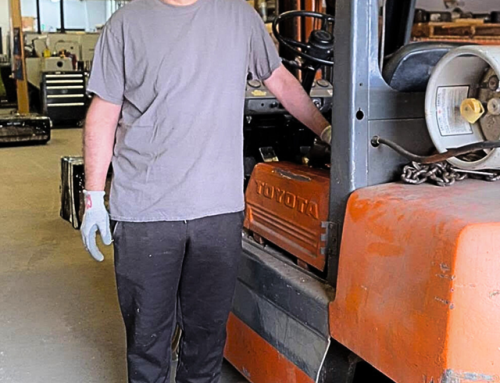Certain jobs are more suited to people with disabilities.
Myth. Like anyone else, people with disabilities should be match to a job based on their knowledge, skills, abilities and interests.
Our work environment will be less safe if we bring in an employee with a disabilities.
Myth. There is no increased risk from employing people with disabilities. Nevertheless, it is wise to conduct an assessment of the safety issues associated with a particular position and introduce any reasonable accommodations to reduce or remove risk.
It would be rude to try to shake hands with someone whose right hand was obviously limp or impaired.
Myth. It is not rude, but if the person’s right hand hangs limp, it would be preferable to offer your left hand.
Typically, the cost of accommodating a person with a disability is relatively low.
Truth. Most workplace accommodations can be introduced for $500 or less.
Someone in a wheelchair is not going to be able to perform tasks that involve climbing or lifting.
Neither myth or truth. It will depend on the nature of the tasks, the person’s physical strengths and the accommodations or assistive technology available to that person. Each case must be considered individually.
At least two-thirds of all people with disabilities want to work.
Truth.
Human Rights legislation makes it harder to fire someone with a disability whose performance isn’t up to standard.
Myth. The same standards of job performance should apply to all employees, whether or not they have a disability. However, a person with a disability may need specific accommodations in order to perform all job-related tasks to the required standard. These needs must be taken into account at hiring and as changes occur over time, either in the disability or the job requirements.
Our insurance costs will increase if we hire someone with a disability.
Myth. As with question 2, the risk is no higher, so insurance costs are not affected.
It is important to place a person with a disability in a job where he or she will not fail.
Myth. It would be patronizing to take such an approach. See number 1.
The rate of absenteeism for employees with disabilities is no higher than for other employees.
True.
For more information about hiring people with disabilities, contact us!





